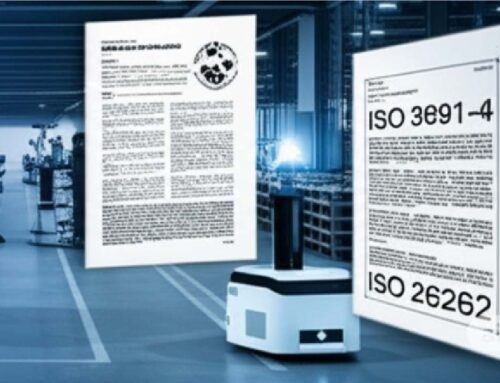Introduction: The Auto Industry’s Quiet Recall Crisis
Modern cars are more than machines—they are computers on wheels. Today’s vehicles contain over 100 million lines of code, surpassing even the software complexity of fighter jets. These vehicles sense, assess, adapt, and communicate, embodying the promise of safety, comfort, connectivity and autonomy.
However, alongside bold innovation, persistent failures lurk. Software-related glitches now account for up to half of all automotive recalls, according to McKinsey estimates, impacting everything from infotainment systems to mission-critical vehicle functions like ADAS, powertrain management, and security. These issues erode consumer trust and entail significant financial consequences. Despite world-class investment, major automakers—Tesla, Toyota, Ford—have all experienced high-profile software failures that demonstrate how firmware and digital complexity can disrupt even the best-laid engineering plans.
Why are such failures endemic in modern automotive software? Let’s take a look at 10 deeply rooted reasons, each illustrated by a real-world industry example.
1. Siloed Development Between Hardware and Software Teams
A critical—but often invisible—challenge in automotive development is the entrenched separation between hardware and software engineering. In many organizations, the lifecycle of embedded hardware and low-level software (firmware) is locked down early to accommodate production deadlines and supply chain logistics. Meanwhile, the ‘brains’ of the car—the higher-level application software—continues to evolve. This misalignment frequently leads to scenarios where firmware is frozen before all necessary application features are developed, making late-stage integration a source of bugs, sudden crashes, and emergency rework. The operational silos, in short, make seamless system integration elusive.
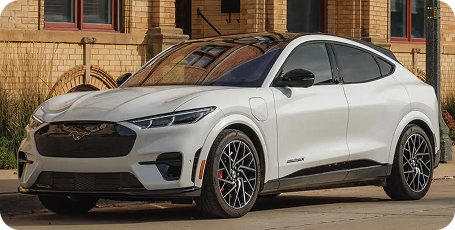
Case in Point:
Ford’s 2022 Mustang Mach-E recall stemmed from power control module failures due to software layered onto pre-frozen firmware. This integration problem, rooted in development silos, forced a large and costly recall.
2. Fragmented Supplier Ecosystem
Automotive manufacturing is one of the world’s most complex supply chain puzzles. OEMs rarely create all vehicle software internally; instead, they orchestrate a wide global array of Tier 1 and Tier 2 suppliers and software development partners to handle everything from ADAS to climate control to infotainment. Each supplier typically works with its development tools and standards. Without effective collaboration and robust interface management, the result is a patchwork of modules that resist easy integration. The pains of an inherited, fragmented ecosystem grow with every additional supplier, leading to projects that overrun both budgets and timelines.

Case in Point:
Volkswagen’s ID.3 project suffered a six-month launch delay because software from more than ten suppliers, though functional independently, required intensive post hoc integration work before delivering a vehicle-ready system.
3. Inadequate Testing for Real-World Complexity
Sophisticated simulation frameworks such as Hardware-in-the-Loop (HIL) and Software-in-the-Loop (SIL) are industry staples. However, lab test benches can never fully replicate unpredictable real-world scenarios: extreme temperatures, erratic sensor failures, rare user sequences, and nontraditional driver behaviors. Standardized lab scenarios often miss subtle bugs that only appear in field conditions under unusual combinations of inputs or stresses. This gap between lab and reality means software flaws may only surface after the vehicle is in customer hands.

Case in Point:
Honda recalled 2019–2022 Accord and Insight models due to sporadic dashboard blackouts, but the underlying bug only revealed itself in rare startup conditions that were missed during laboratory testing.
4. Inflexible Update Mechanisms and Cybersecurity Debt
In an age of smart, connected vehicles, timely and secure software updates are essential. Yet many manufacturers still lack robust over-the-air (OTA) infrastructure, requiring owners to schedule dealership visits for basic updates. These delays create “cybersecurity debt”—unpatched vulnerabilities and missing runtime protections that accrue over a vehicle’s lifespan. Furthermore, poorly validated updates or absence of rollback mechanisms can propagate errors, diminishing customer trust and safety.

Case in Point:
The 2015 Jeep Cherokee hack exposed vehicles to remote control by attackers. Fiat Chrysler had to recall 1.4 million vehicles because OTA fixes weren’t available—highlighting the real-world threat of inflexible update mechanisms.
5. Over-Reliance on Legacy Hardware Architectures
Automotive manufacturing is one of the world’s most complex supply chain puzzles. OEMs rarely create all vehicle software internally; instead, they orchestrate a wide global array of Tier 1 and Tier 2 suppliers and software development partners to handle everything from ADAS to climate control to infotainment. Each supplier typically works with its development tools and standards. Without effective collaboration and robust interface management, the result is a patchwork of modules that resist easy integration. The pains of an inherited, fragmented ecosystem grow with every additional supplier, leading to projects that overrun both budgets and timelines.
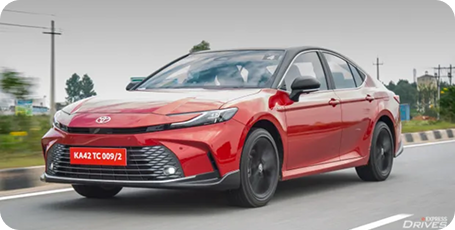
Case in Point:
Toyota’s 2019–2020 Camry suffered severe infotainment lag as chipsets designed for simpler applications became overwhelmed by complex multimedia demands, frustrating customers and service personnel alike.
6. Unrealistic Timelines and Product Launch Pressures
With the automotive industry locked in a race for innovation, driven by EVs and autonomous technology, software development is often squeezed into aggressive hardware-driven launch schedules. Proper testing and full adherence to evolving standards like AUTOSAR, ISO 26262, and ASPICE are sometimes sacrificed to meet deadlines or treated as afterthoughts, resulting in fragile or delayed software releases. The pressure to be first to market often overrides the need to get it right.
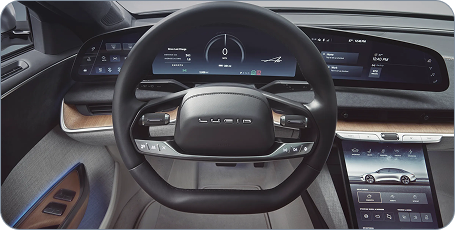
Case in Point:
Lucid Motors’ Air sedan faced delays even after physical manufacturing began, as core software features were incomplete or unstable—an issue that could have been avoided with more realistic development timelines and disciplined integration.
7. Acute Talent Shortage in Embedded Automotive Software
Building robust, real-time automotive software is profoundly different from crafting mobile apps, desktop applications, or websites. It requires deep knowledge of embedded systems, safety standards, vehicle protocols, and deterministic real-time operation. The pool of engineers with such expertise is small and in high demand across the globe. Without sufficiently skilled staff, development quality suffers and timelines slip.

Case in Point:
Nissan’s delays with ProPilot 2.0 traced back to a lack of engineers fluent in both ADAS and functional safety, reflecting the acute industry-wide shortage in critical embedded software talent.
8. Inconsistent Compliance with Functional Safety Standards
Safety frameworks like ISO 26262 and ASPICE exist to guarantee that automotive software performs reliably, even in failure scenarios. However, compliance is sometimes inconsistent, either due to resource constraints or a lack of organizational commitment. This can lead to batches of software that work under ideal conditions but fail catastrophically under stress, threatening safety and incurring costly recalls.
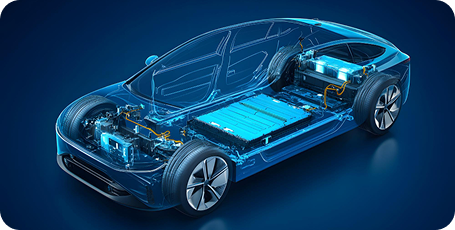
Case in Point:
Hyundai’s 2020 recall of the Kona Electric followed multiple battery fires, found to be caused by buggy battery management system (BMS) software. A lack of rigorous safety compliance during development was at the root of these dangerous failures.
9. Diagnostic Data Management and Telemetry Infrastructure
Effective debugging, maintenance, and improvement are impossible without access to rich, real-time data about vehicle performance in the field. Many automotive systems, however, lack the deep diagnostic hooks and telemetry capabilities needed for swift root cause analysis and remote issue resolution. This limits automakers’ ability to proactively fix bugs or understand the true scope of software challenges.

Case in Point:
Tesla quickly identified and remotely fixed a seatbelt alert bug by leveraging real-time telemetry and OTA updates. For most legacy OEMs, diagnosing and then fixing similar bugs requires drawn-out dealer visits and manual interventions.
10. Weak Software-First Culture Across Organizations
Many traditional OEMs continue to treat software as an appendage rather than the engineering backbone of modern vehicles. Without deliberate executive prioritization and investment, software teams are under-resourced and digital innovation lags. This culture gap inhibits progress, hampers quality, and stifles the creativity needed to solve emerging industry challenges.

Case in Point:
Renault-Nissan’s early electric vehicle programs suffered from internal software immaturity and a lack of focus. Only with the 2023 spin-off of Ampere—a purpose-built, software-first business unit—did they begin closing the gap with more software-savvy competitors.
Conclusion: Building Resilient Automotive Software
The trajectory of the automotive industry is now determined as much by software quality as mechanical engineering. As vehicles become more connected, automated, and reliant on complex digital features, the stakes for getting software right have never been higher. Failures in this domain are not just bugs—they are safety hazards, trust-busters, have financial consequences and strategic setbacks. The full answer to these intertwined challenges requires more than technical tweaks or marginal process improvements. Organizations need to rethink how organizations build, test, and deliver automotive code, starting with better alignment between hardware and software, robust update and telemetry infrastructures, investments in top-tier embedded software talent, and, perhaps most fundamentally, a culture that puts software front and center across every facet of vehicle development. Only by rising to this challenge can automakers deliver the resilient, safe, and innovative vehicles that the road ahead demands.
Are you confident in the resilience and security of your automotive software?
Don’t let integration gaps, legacy limitations, or missed safety standards hinder your journey toward intelligent mobility. Whether you’re launching a ground-up SDV architecture or optimizing your OTA deployment pipeline, having a reliable software partner can mean the difference between true innovation and costly setbacks.
Let’s collaborate to engineer software that drives safety, customer satisfaction, ownership and competitive advantage—mile after mile



